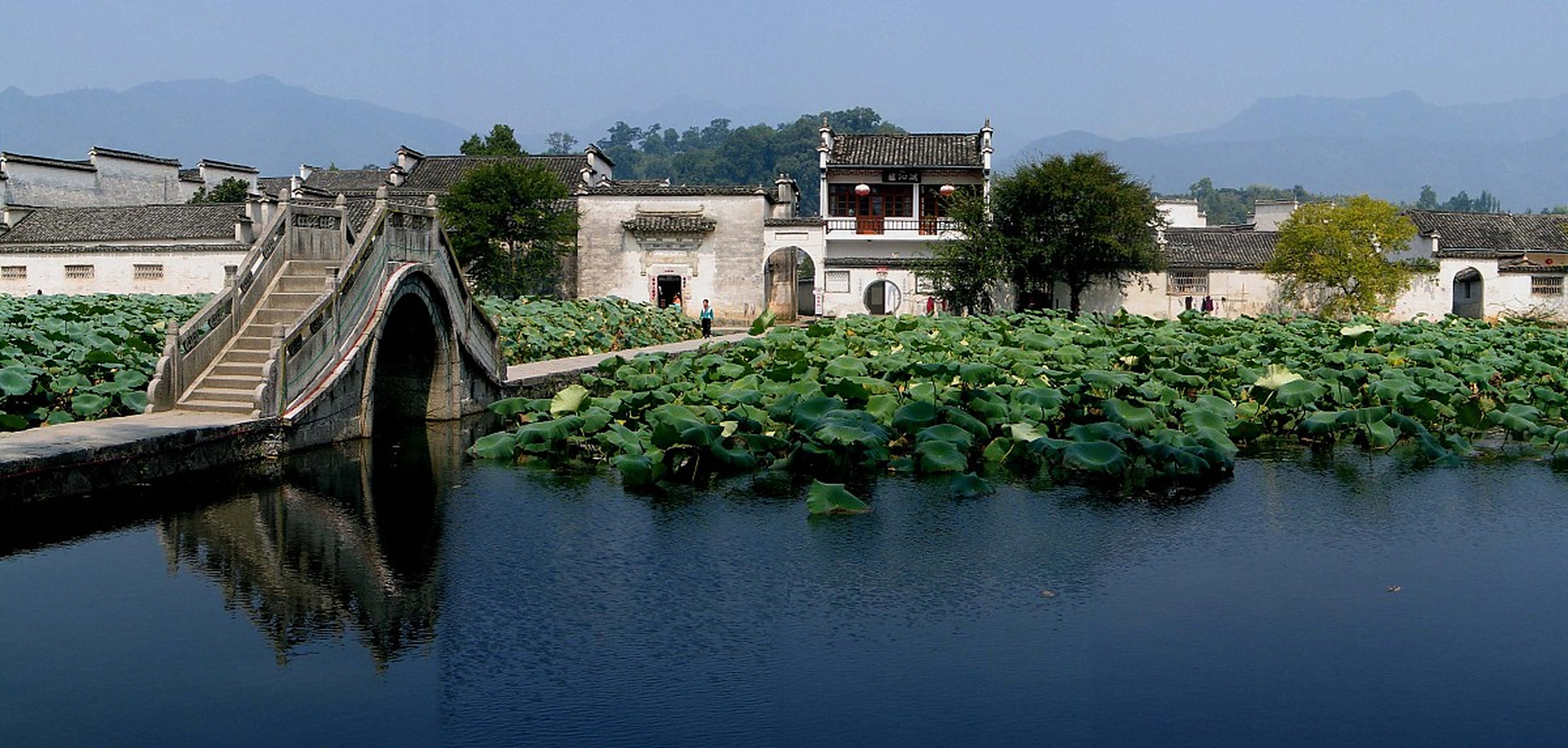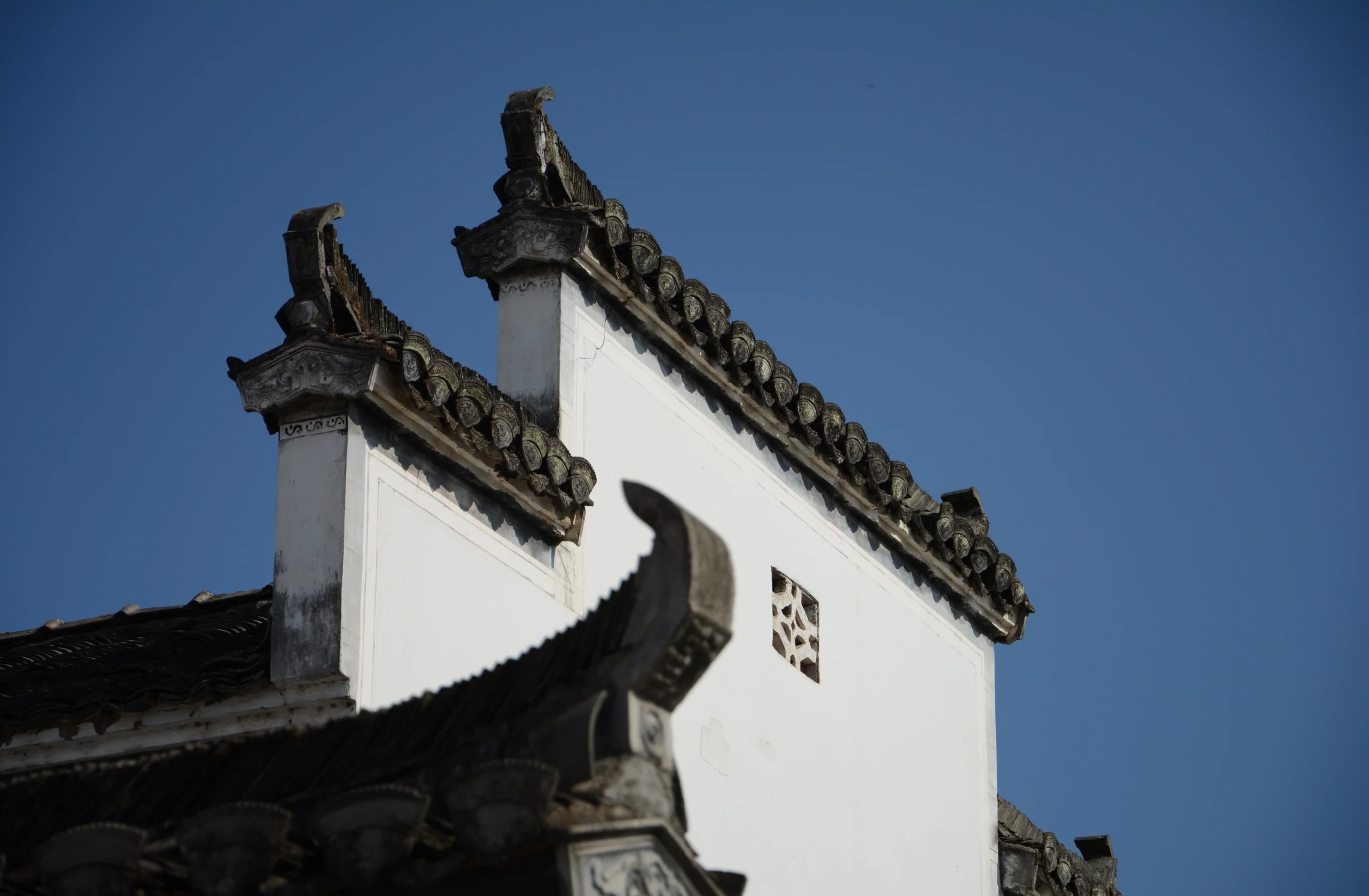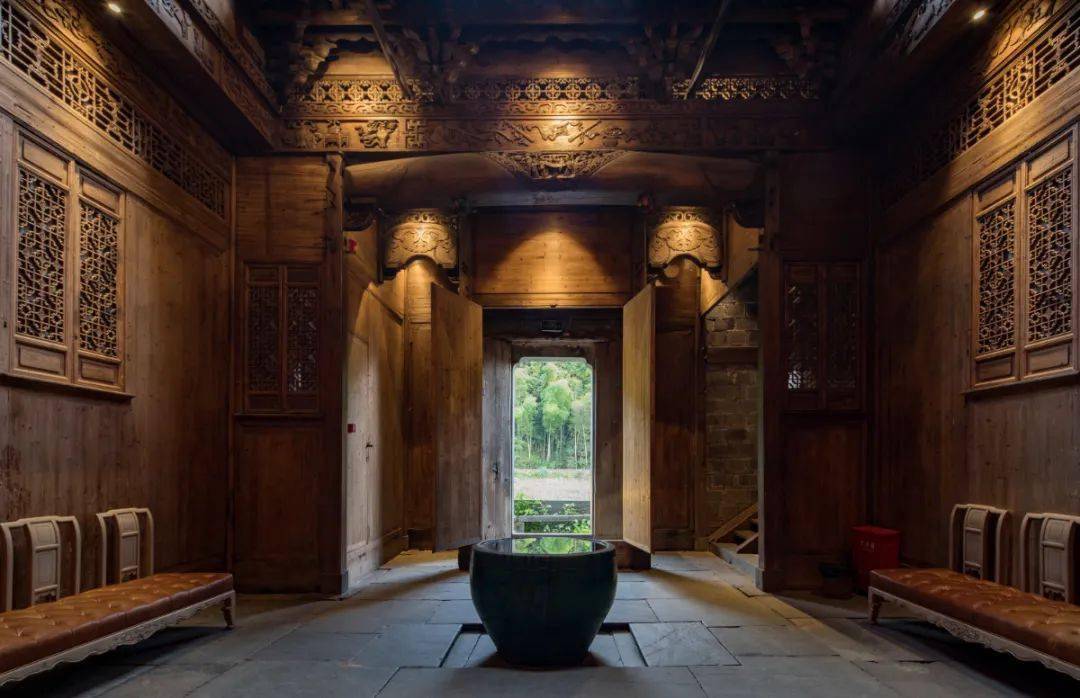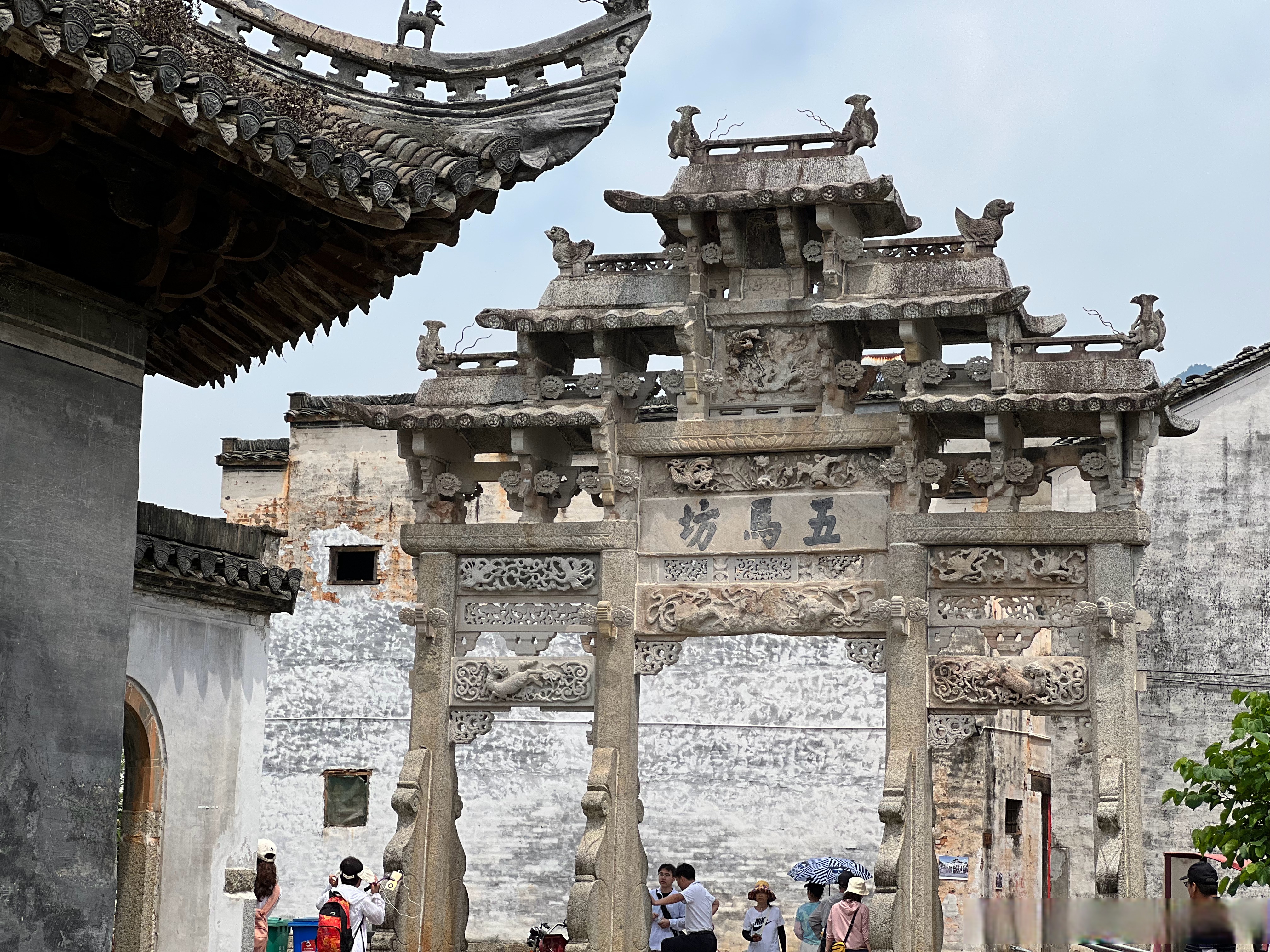Huangshan Ancient Villages - Living Fossils of Huizhou Culture


Located in Huangshan City, Anhui Province, the Huangshan Ancient Villages are important carriers and material witnesses of Huizhou culture, known as "living fossils of Huizhou culture." These well-preserved ancient villages from the Ming and Qing dynasties are world-famous for their unique Hui-style architecture, exquisite craftsmanship, and profound cultural heritage.
The ancient villages around Huangshan are mainly distributed in Yi County, She County, and Jixi County. Among them, Xidi and Hongcun were inscribed on the UNESCO World Heritage List in 2000. Most of these ancient villages were built during the Ming and Qing dynasties by Huizhou merchants after they returned home wealthy, reflecting the Huizhou tradition of "respecting commerce and valuing education."
Huangshan Ancient Villages are renowned for their unique design concept of "harmony between man and nature." The villages are carefully selected according to feng shui principles, mostly situated near mountains and rivers, with compact and orderly architectural layouts. Hui-style architecture features horse-head walls, carved window lattice, deep courtyards, ancestral halls, and memorial archways, showcasing exquisite craftsmanship and decorative art that embodies the essence of traditional Chinese culture.
Beyond their architectural value, the Huangshan Ancient Villages also preserve rich Huizhou cultural heritage, including Huizhou merchant culture, clan culture, and educational culture. Here, visitors can experience a strong traditional cultural atmosphere, learn about the lifestyle and values of the Huizhou people, and experience the unique charm of traditional Chinese villages.
Hui-style architecture, with its residential houses, ancestral halls, and memorial archways, is known as the "three treasures of ancient Huizhou architecture." It is an important component of Huizhou culture and holds a significant position in world architectural history.

The horse-head wall is an iconic element of Hui-style architecture, also known as fire wall. Its design is not only aesthetically pleasing but also serves practical functions such as fire prevention and wind protection. The staggered heights of the horse-head walls create a rhythmic visual effect.
The window lattice of Hui-style architecture features exquisite carvings with rich themes, including figures, flowers, birds, animals, and geometric patterns. The carving techniques are精湛, with delicate knife work, representing an important aspect of Hui-style architectural decoration art.

The deep courtyards built by wealthy Huizhou merchants are mostly two, three, or even four-entry siheyuan (courtyard) structures, with rigorous layouts and complete functions. The interiors are elaborately decorated with carved beams and painted rafters, reflecting the Huizhou people's pursuit of quality of life.

Ancestral halls are the center of clan activities in Huizhou, with grand architecture and magnificent decorations. Memorial archways are commemorative buildings honoring meritorious deeds, official positions, virtuous governance, and loyalty and filial piety. They feature exquisite structures and carvings, serving as important carriers of Huizhou culture.
The Huangshan area is home to numerous well-preserved ancient villages from the Ming and Qing dynasties, which attract many tourists with their unique Hui-style architecture and profound cultural heritage.
Located in the southeast of Yi County, Xidi was founded during the Huangyou period of the Northern Song Dynasty. It is known as the "Museum of Ming and Qing Residential Buildings in China." The village preserves 124 residential buildings from the Ming and Qing dynasties, 99 lanes, and 3 ancient wells, embodying the essence of Hui-style architecture.
Located in the northeast of Yi County, Hongcun was founded during the Shaoxing period of the Southern Song Dynasty. It is known as the "Village in Chinese Paintings." The village has a unique layout with ingenious water system design, forming a "cow-shaped village." The Chengzhi Hall in the village is known as the "Folk Forbidden City."
Located in the southwest of Yi County, Nanping preserves more than 300 ancient buildings from the Ming and Qing dynasties, 36 wells, 72 ancient lanes, and 8 ancestral halls, among which the Ye Clan Ancestral Hall is particularly grand. It is famous for being the filming location of many movies.
Located in Huizhou District, Huangshan City, Chengkan was founded in the late Eastern Han Dynasty. It is one of the best-preserved thousand-year-old villages in the Huizhou area. It was laid out according to the Eight Trigrams principles of the I Ching and is known as the "Chinese Eight Trigrams Village."
Located in Biyang Town, Yi County, Guanlu was founded in the Tang Dynasty. The village preserves eight connected ancient buildings, commonly known as the "Eight Households of Guanlu." These buildings feature unique styles and exquisite wood carvings, representing exemplary works of Hui-style architecture.
Located in Huizhou District, Huangshan City, Tangmo was founded in the Tang Dynasty. The village features water streets, ancestral halls, and residential houses. Among them, the Tangan Garden is a representative work of Huizhou gardens, known as the "Small West Lake."
Huizhou culture is an important part of traditional Chinese culture, with rich content covering Xin'an Neo-Confucianism, Huizhou school of practical learning, Xin'an medicine, Xin'an painting school, Huizhou printmaking, Huizhou seal carving, Hui opera, Huizhou three carvings (wood, stone, and brick), Huizhou architecture, Huizhou gardens, Huizhou folk customs, and Huizhou dialect, among other fields.
With its profound foundation and rich connotations, Huizhou culture is known as a "living fossil" of traditional Chinese culture and is an important heritage of the excellent traditional culture of the Chinese nation.
Huizhou merchants were one of the famous merchant groups in Chinese history, emerging in the Song Dynasty and flourishing during the Ming and Qing dynasties. They emphasized integrity and righteousness in business, achieving great success in industries such as salt, pawnshops, tea, timber, and silk. After becoming wealthy, Huizhou merchants often returned to their hometowns to build ancestral halls, academies, and residences, promoting the development of Huizhou culture.
The business philosophy and ethics of Huizhou merchants had a profound impact on Chinese business culture, and the "Huizhou merchant spirit" has become a valuable spiritual wealth of the Chinese nation.
Clan consciousness is strong in the Huizhou area, with most villages inhabited by people of the same surname. Ancestral halls are the center of clan activities and an important part of Hui-style architecture. They house ancestral tablets and hold regular sacrificial activities, serving as important places to maintain clan unity.
Genealogy is an important carrier of clan culture, recording the history, lineage, and family precepts of the clan, providing important materials for the study of Huizhou social history.
Xin'an Neo-Confucianism is a school of Neo-Confucianism represented by Huizhou scholars since the Song Dynasty, with Zhu Xi as its representative figure. It emphasizes that "principle" is the origin of all things in the universe, focuses on moral cultivation and social ethics, and has had a profound impact on Huizhou society, shaping the traditional virtues of the Huizhou people, such as respecting etiquette, keeping promises, and honoring filial piety.
Huizhou art comes in various forms, including Hui opera, Xin'an painting school, Huizhou printmaking, and Huizhou seal carving. Hui opera is one of the precursors of Peking Opera, known as the "Father of Peking Opera"; the Xin'an painting school, represented by Jian Jiang, features a fresh and elegant painting style; Huizhou printmaking and seal carving are exquisite arts that hold important positions in Chinese art history.
| Xidi | 07:30-17:30 |
| Hongcun | 07:30-17:30 |
| Nanping | 08:00-17:00 |
| Chengkan | 08:00-17:00 |
| Guanlu, Tangmo | 08:00-17:00 |
| Xidi | 104 yuan/person |
| Hongcun | 104 yuan/person |
| Nanping | 43 yuan/person |
| Chengkan | 80 yuan/person |
| Discount Policy | Half price for students/seniors |